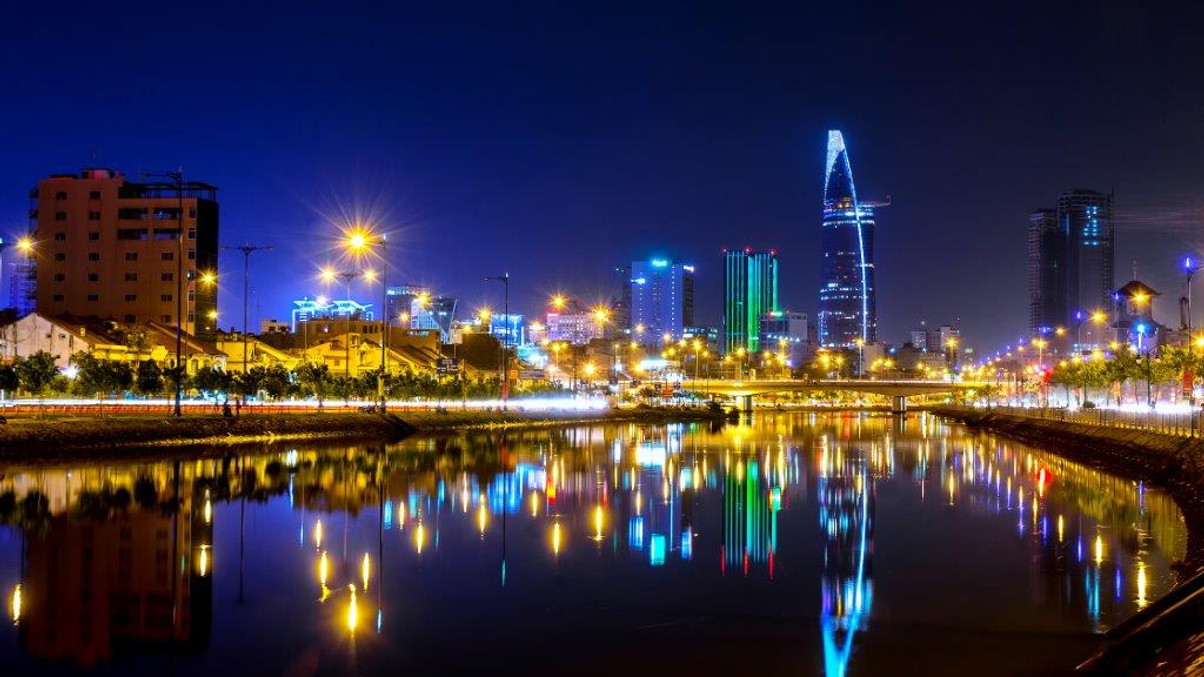Investors urged to expand allocations to frontier markets
The world can’t move to a sustainable future without investing in developing countries and providing them with the infrastructure they need, according to ESG specialists.

A structural imbalance in the way global investor capital is allocated poses a major threat to the less developed parts of the world, according to sustainable investment experts.
Sign in to read on!
Registered users get 2 free articles in 30 days.
Subscribers have full unlimited access to AsianInvestor
Not signed up? New users get 2 free articles per month, plus a 7-day unlimited free trial.
¬ Haymarket Media Limited. All rights reserved.


